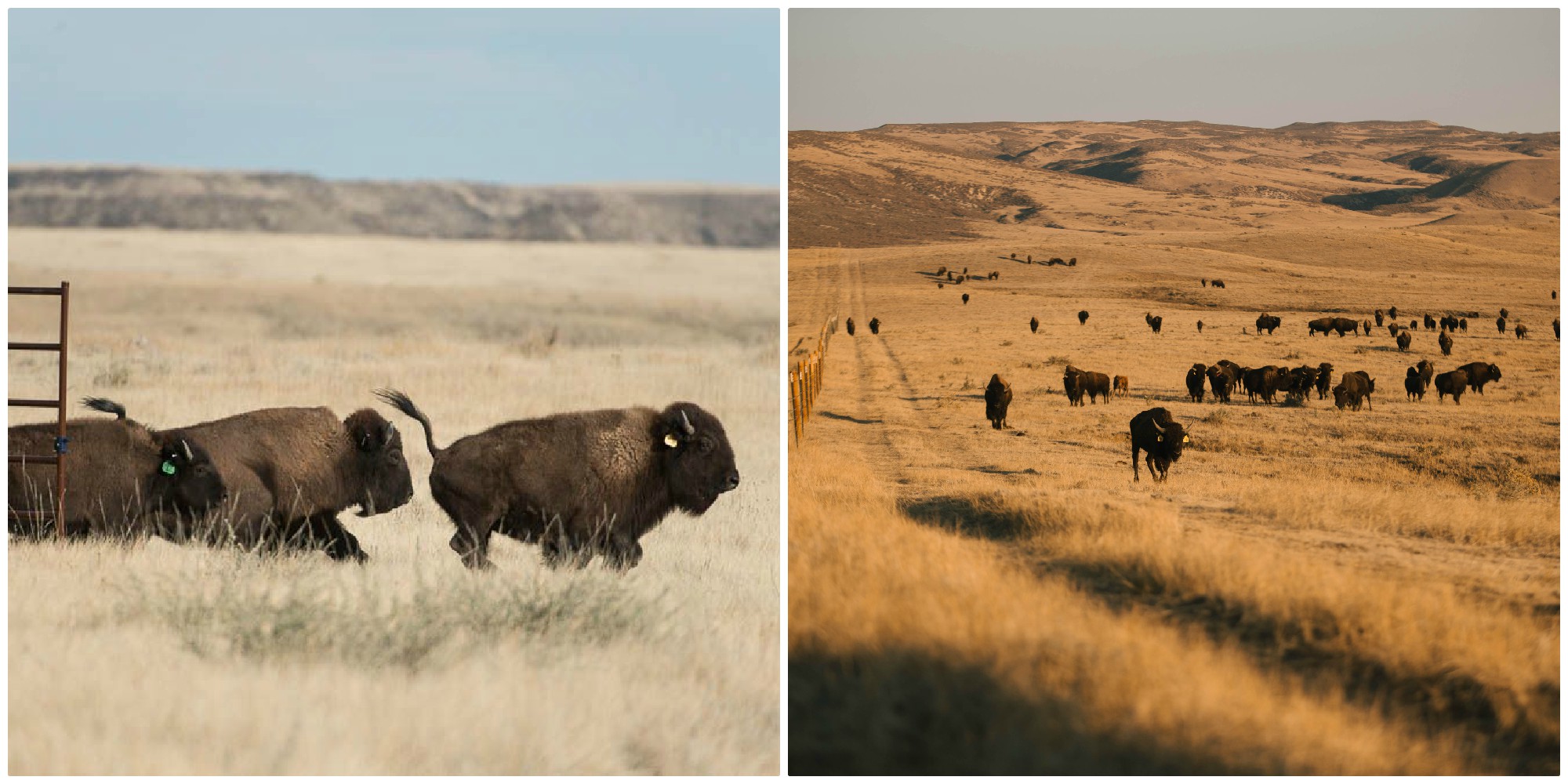
The corral gate swings open and the stomping in the trailer stops for a beat, like a held breath. On this crisp and breezy blue-sky Colorado day, Nov. 1, 2015, the air is thick with anticipation. Cheers erupt and eyes tear up as the bison burst out of the corral into a run toward the horizon of their new 1,000-acre home.
It’s been five years since the ceremonious release of ten bison onto Soapstone Prairie Natural Area and Red Mountain Open Space to establish the Laramie Foothills Bison Conservation Herd.
The moment marked the culmination of painstaking scientific work, innovative collaborations, and enthusiastic public support. Today, the herd is thriving with over 100 bison now roaming 2,700 acres, and the project will mark its five-year anniversary with a series of events taking place Nov. 7-8.
“There was so much excitement five years ago around opening that gate and getting the bison out here,” said Jennifer Barfield, the project lead and an assistant professor in the Department of Biomedical Sciences. “Looking back, that was just a prelude—at that point is when the work began. We’ve since been making sure the bison are safe, healthy, growing, and adapting. And seeing all the ways these animals have had an impact is really rewarding, not to just for me but for the entire team who made this possible.”
Virtual Bison Days 2020: A Five-Year Anniversary Celebration
Beginning Saturday Nov. 7, National Bison Day, and continuing through Sunday Nov. 8, the Laramie Foothills Bison Conservation Herd project’s leaders, partners, and collaborators will host a variety of talks, tours, and activities for community members of all ages. For more details and to participate, visit the Laramie Foothills Bison Conservation Herd Facebook page, and learn about how you can support the project here.
Stampeding toward a promising future
From their cultural importance amongst Native American tribes to their role as a keystone species in grassland ecosystems, bison have been an integral part of North America for millennia.
The Laramie Foothills Bison Conservation Herd project’s original goal was to establish a seed herd that could be used to bring bison to other areas. It does so by preserving bison with valuable Yellowstone genetics, which show no evidence of cross breeding with cattle, and that are free of brucellosis, a bacterial disease commonly found in Yellowstone area bison. Sophisticated assisted reproductive technologies, including a cleaning technique that eradicates the harmful bacteria, allow Barfield’s lab to produce brucellosis-free bison with Yellowstone genetics.

These efforts have succeeded in establishing a healthy Laramie Foothills bison herd that is now being used to establish and grow other conservation as well as tribal herds. “After five years, we’re at the point of being able to give bison to other herds in significant numbers, which is very exciting,” Barfield said. And close partnerships with the City of Fort Collins and Larimer County Natural Resources have provided the herd with the ideal space to grow.
“For five years now, bison have been fulfilling their critical role in the ecology of the shortgrass prairie at Soapstone Prairie Natural Area and Red Mountain Open Space,” said Zoe Shark, interim director of the City of Fort Collins Natural Areas Department. “The bison reintroduction is an inspiring example of how we can learn from and begin to heal the mistakes of the past such as overhunting by European settlers. This community-driven conservation project is also made possible by voter support of sales tax ballot measures in Fort Collins and Larimer County, so a big thank you goes to local residents.”
“By providing a native pasture for the bison herd at Red Mountain and Soapstone Prairie, Larimer County is pleased to be a partner in helping the ultimate goal of the project move forward, which is to provide genetically valuable bison to other conservation herds around the nation,” said Meegan Flenniken, land conservation, planning and resource division manager with Larimer County Natural Resources. “We celebrate five years of abundant health of the herd and look forward to witnessing it continue to prosper in years to come.”
The project also aims to improve the assisted reproductive technologies used to sustain the herd and to continue to support ongoing research on ecosystem impacts led by graduate student Kate Wilkins and associate professor Liba Pejchar with CSU’s Warner College of Natural Resources.
Visitors may see the bison at a safe distance from Soapstone Prairie Natural Area’s Rawhide Flats Road March through Nov. “It is quite a sight to see over 100 bison on the landscape against the foothills,” Barfield said. “And on a clear day you can see snowcapped peaks in the background—it just feels right.”
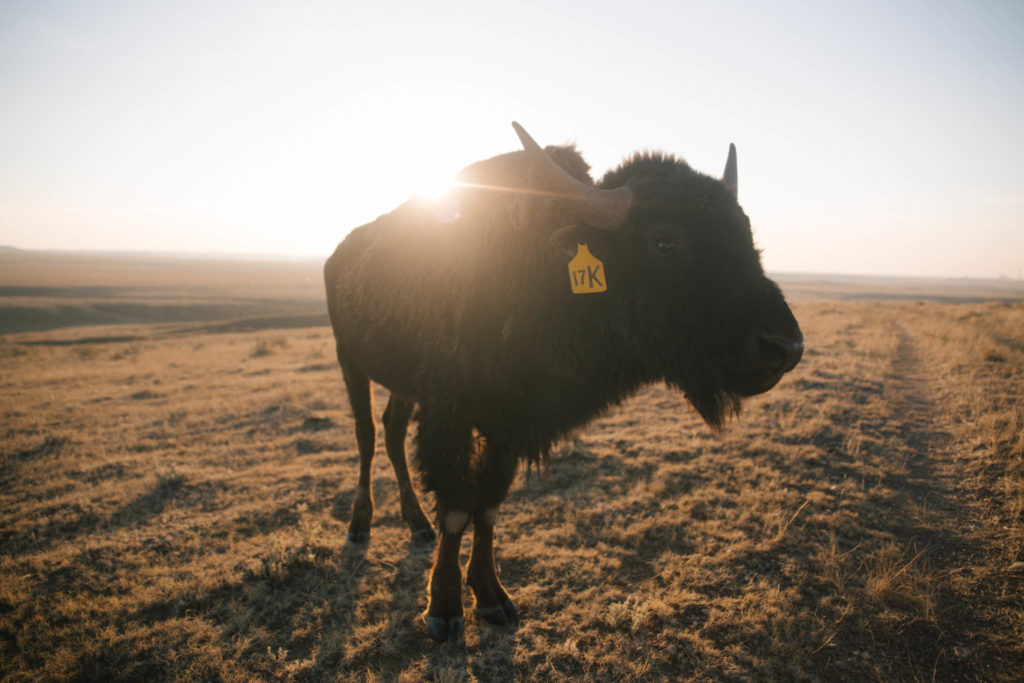


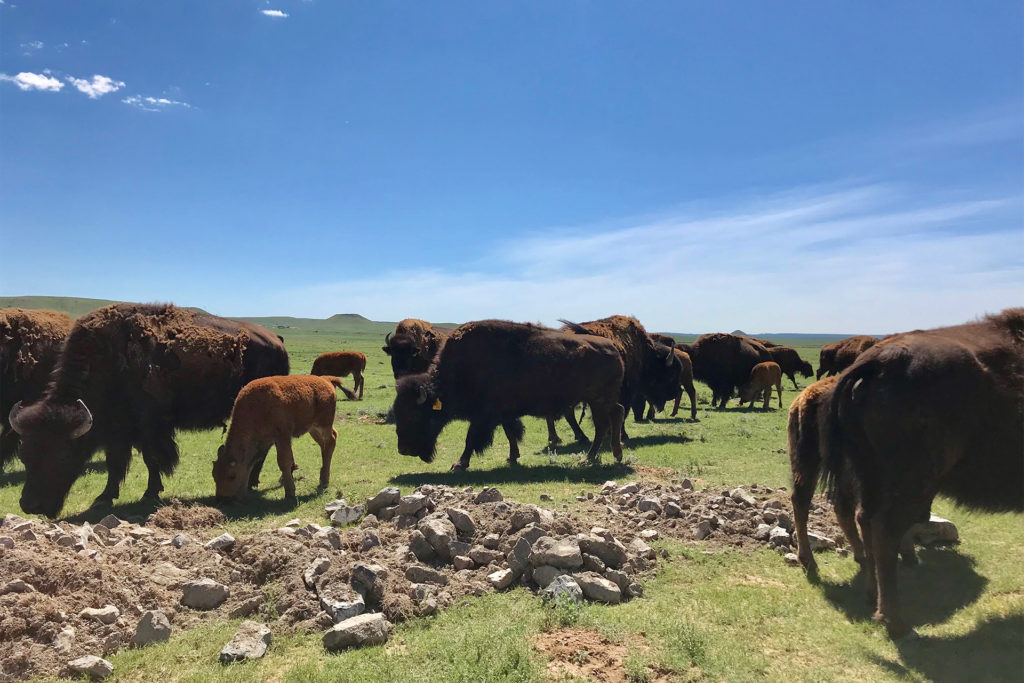

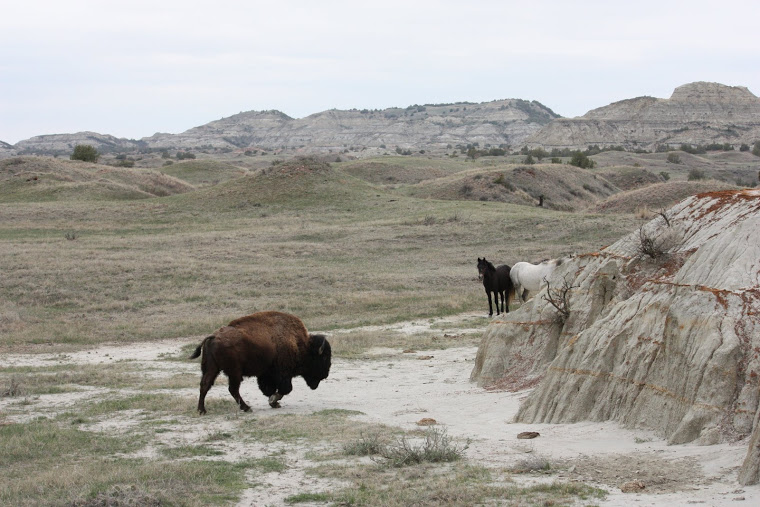
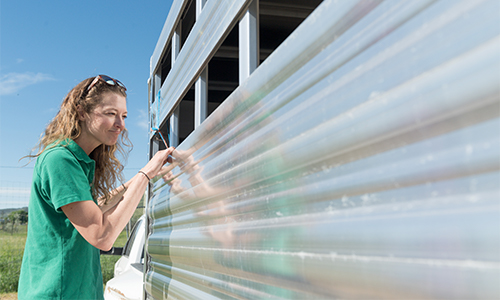

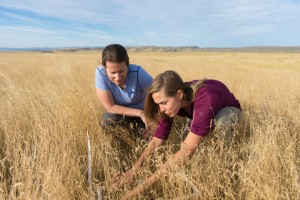



CSU photos by Kellen Bakovich, William A. Cotton, John Eisele and Mary Guiden